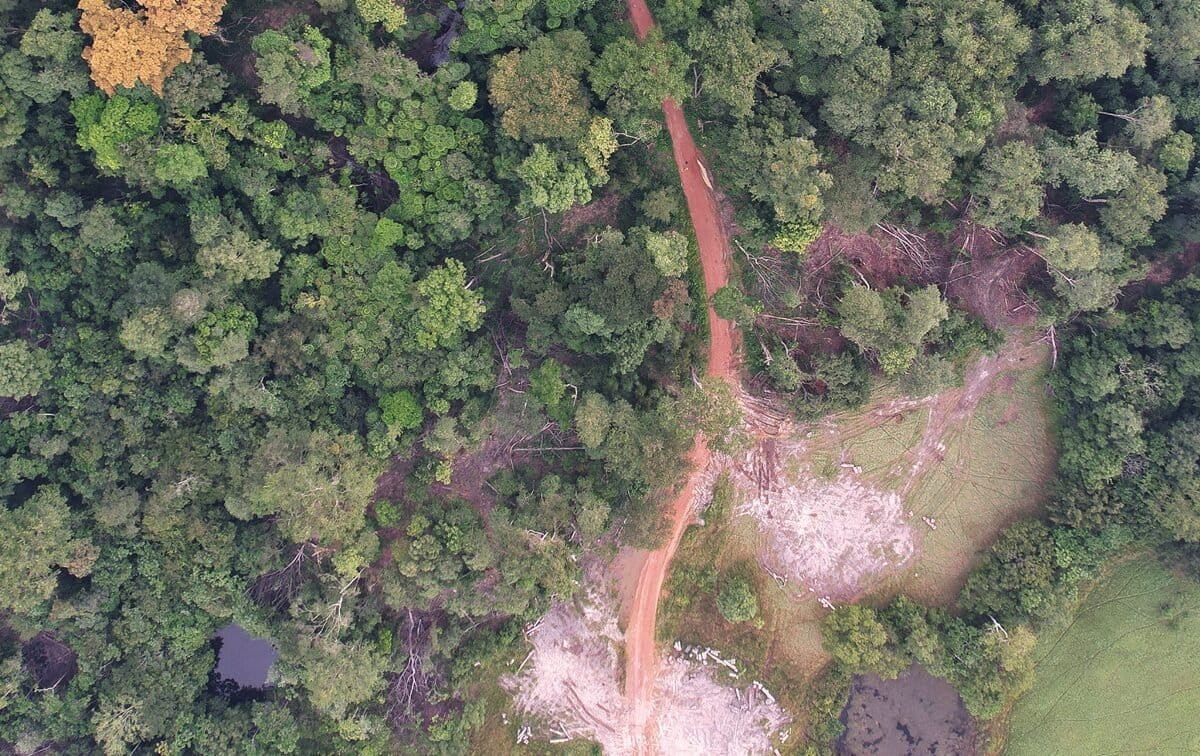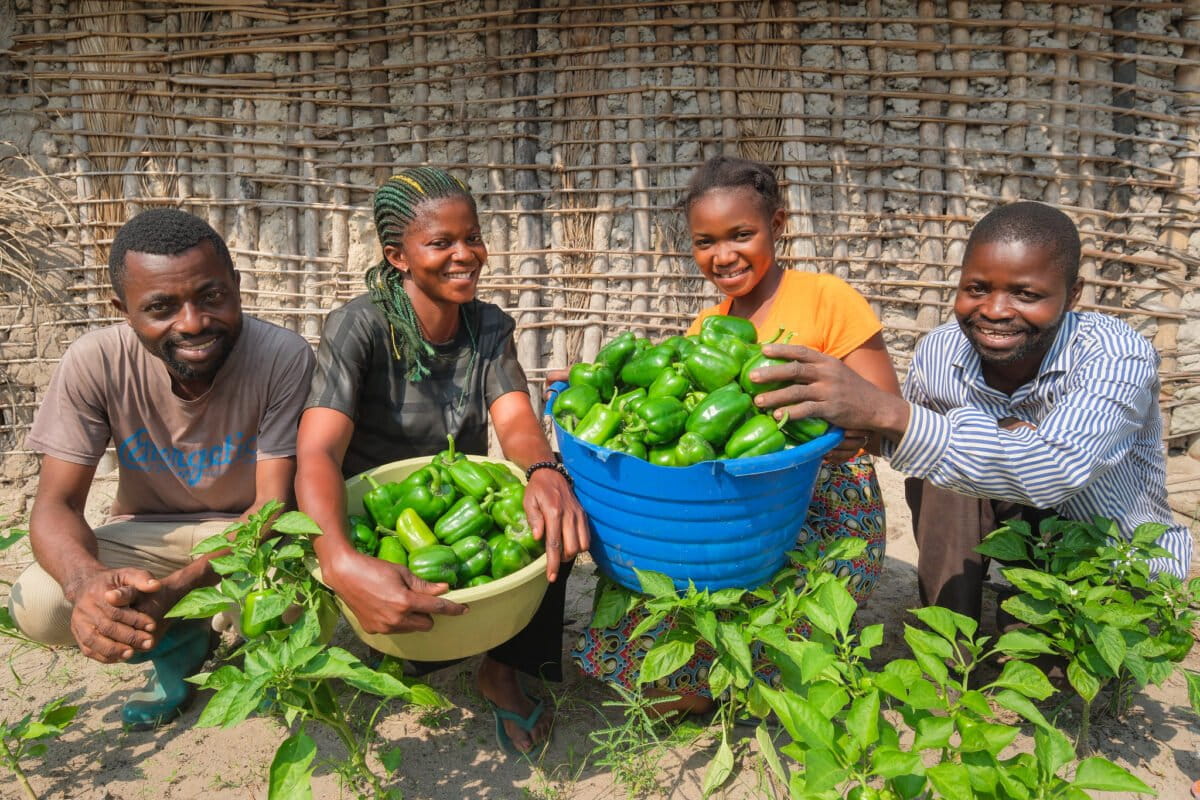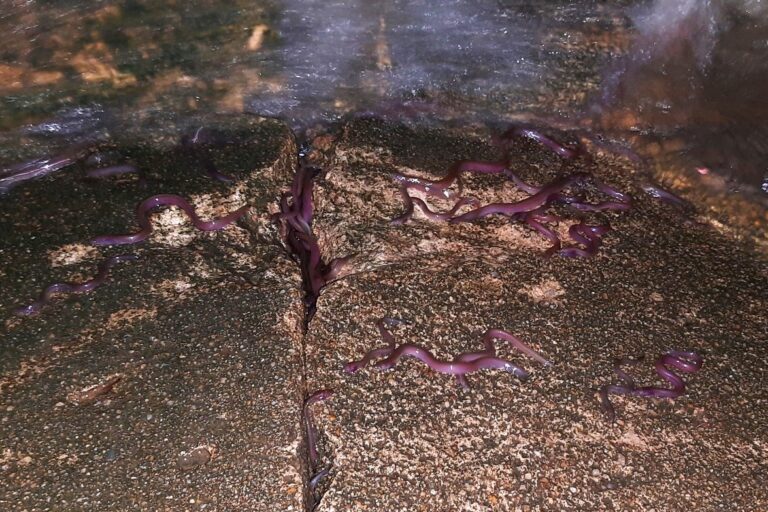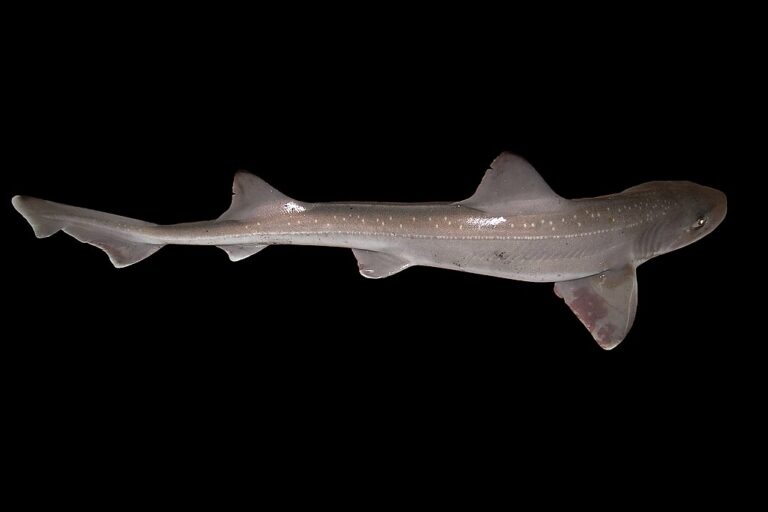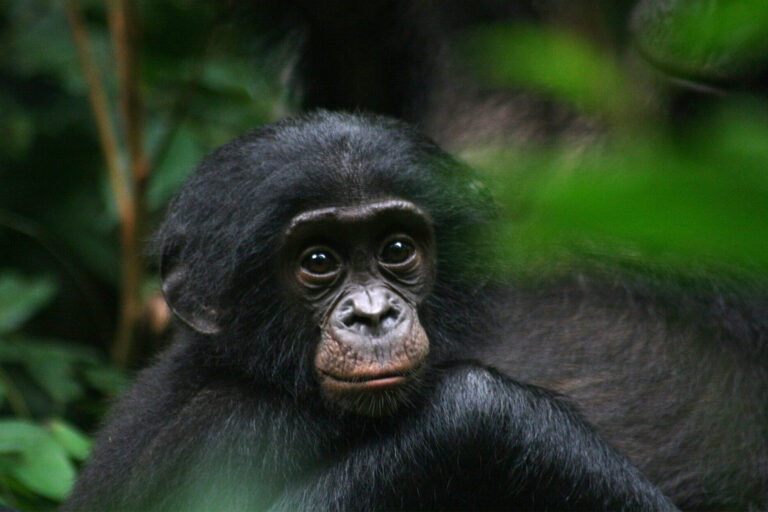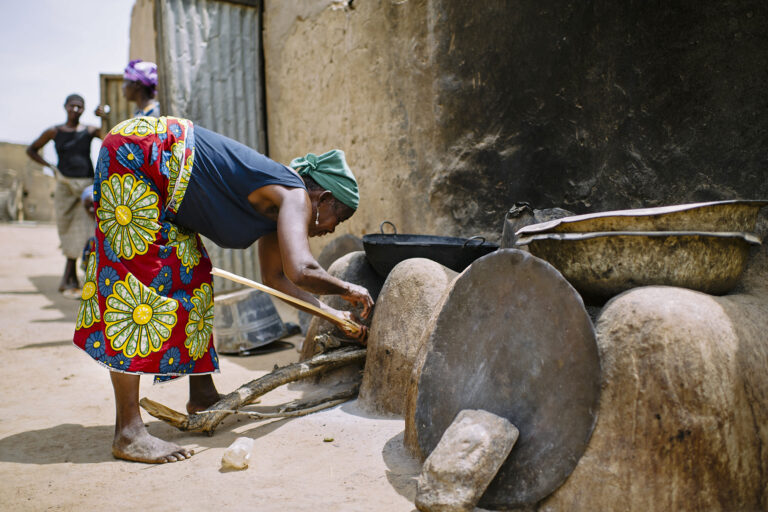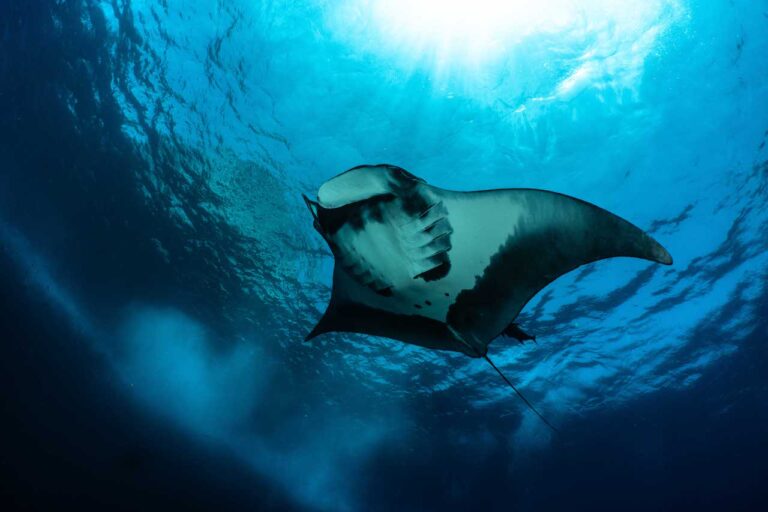- Several bills working their way through Peru’s Congress would loosen restrictions for oil and gas drilling, and make it harder for Indigenous people to obtain protected status for their land.
- One of the laws gives Congress the power to reevaluate the legal categorization and reserve status of Indigenous peoples living in isolation and initial contact, or PIACI.
- Some advocacy groups called for the suspension of international climate financing to several parts of the Peruvian government until they implement concrete PIACI protections.
Peru is on the verge of rolling back several longstanding protections for Indigenous people and their territories, critics warn.
Several bills working their way through Congress would loosen restrictions for oil and gas drilling, and make it harder for Indigenous people to obtain protected status for their land. At the same time, government agencies have voted down the creation of a reserve for uncontacted tribes, with some officials denying their existence.
Together, the multiple policies amount to an “extermination” campaign, some advocacy groups said.
“We express our outright rejection of the constant violation of human rights, as well as of the policies and regulations promoted by an oppressive, discriminatory and genocidal government, which favors criminal organizations and illegal economies,” said a September statement from the Interethnic Association for the Development of the Peruvian Rainforest (AIDESEP), which represents thousands of communities across the country.
In July, lawmakers proposed modifying the country’s protected natural areas law to make it easier to extract “renewable and non-renewable resources” near and inside of protected areas. If passed, national parks and reserves would be open to oil drilling, mining, fishing and agroforestry when deemed to be in the national interest.
Under the new version of the law, the creation of new protected areas would need the approval of not just the Ministry of Environment, but also the Ministry of Energy and Mines.
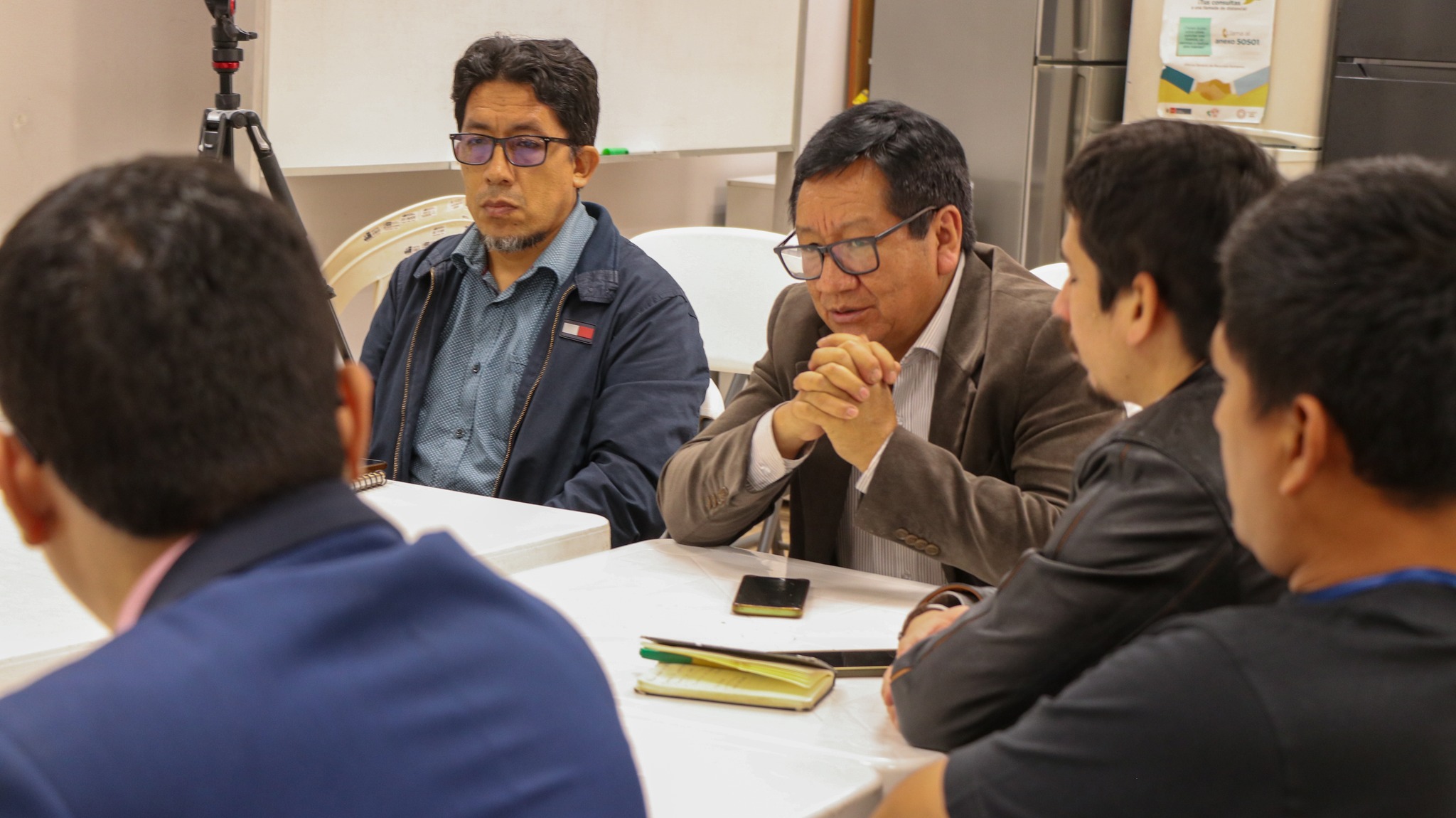
The bill frames the new provisions as an economic benefit. It argues that communities in and around protected areas also have some of the highest poverty rates, and that opening up protected areas to development could generate significant national revenue, which would reduce inequality and cut unemployment.
“Sustainability cannot be understood as mere absolute preservation, but rather as the ability to ensure that natural resources, including energy resources, are used responsibly to improve current and future living conditions,” the bill reads. “The law in force limits this possibility and, in many cases, creates an imbalance that harms those who are most in need of development.”
In August, lawmakers proposed another bill they said would improve protections for Indigenous groups, including those living in isolation or only recently in contact with the rest of society, known by the acronym PIACI. But it’s proven to be equally polarizing.
The law would give Congress the power to strip PIACI protections, requiring lawmakers to periodically reevaluate groups’ legal categorization and whether their lands should continue to have reserve status. It would make it easy to strip away hard-fought rights, critics say.
“The most grotesque aspect of this bill … seeks not only to review the reserves already created in order to extinguish them, but also establishes the review every two years of the categorization processes of PIACI, effectively undermining the protection of their life and existence,” said a legal review conducted by the Legal Defense Institute, a human rights advocacy group based in Lima.
PIACI reserves represent a threat to extractive industries like oil and gas, mining and agribusiness, the IDL report argues. By introducing the law, the government is prioritizing economic development over Indigenous rights.
In September, officials voted down the creation of the proposed Yavarí Mirim Indigenous Reserve, which would have protected 1.17 million hectares (2.9 million acres) for Indigenous Matsés, Matis, Korubo, Kulina-Pano and Flecheiro peoples living in isolation in the Loreto region.
It would have been the ninth Indigenous or territorial reserve in Peru.

Congressman Juan Carlos Mori, author of the bill requiring periodic reviews of PIACI status, denied the presence of Indigenous people within the proposed Yavarí Mirim Indigenous Reserve, arguing that it’s a way of preventing necessary economic development in the region.
“The pretext of protecting the Peruvian Amazon out of concern for protecting the forests, the oxygen produced in the forests, is now preventing the development of the Loreto region,” he said during a congressional session. “There’s a collusion between the Ministry of Agriculture and the Ministry of Environment to create these PIACI, or uncontacted peoples, or peoples in initial contact. In the jungle, those [people] don’t exist.”
On October 10, Peru’s congress impeached and removed former President Dina Boluarte — who struggled with several corruption scandals and rising crime rates — and replaced her with former president of congress José Enrique Jerí Oré. The change doesn’t directly impact the legislation affecting protected areas and Indigenous people.
In a letter reviewed by Mongabay, AIDESEP asked the World Bank and other international funding bodies to cut off climate financing to several parts of the Peruvian government until they implement concrete PIACI protections.
The letter’s recipients included Norway’s International Climate and Forest Initiative (NICFI), the Governors’ Climate and Forests (GCF) Task Force, Dutch development bank KfW, as well as the governments of countries like Norway, Germany, the U.S. and the U.K.
In an email, a GCF Task Force spokesperson told Mongabay that it continues to establish mechanisms for substantive dialogue and meaningful participation between member governments and Indigenous organizations, but doesn’t actually provide direct funding to the Peruvian state.
The AIDESEP letter also mentioned the World Bank’s Amazonía Viva program, which provides loans, grants, REDD+ financing and other forms of support for governments working on forest conservation, carbon credit markets and protecting Indigenous territories, among other environmental issues.
A World Bank spokesperson said it maintains an open dialogue with stakeholders and key actors, including national authorities and Indigenous peoples’ organizations, and holds regular coordination meetings with AIDESEP and other groups in Peru.
The other entities didn’t reply to a request for comment for this story.
Some of the Peruvian government agencies that receive financial support include the Ministry of Agrarian Development and Irrigation, the National Forest and Wildlife Service, the Ministry of Environment, and the regional government of Loreto. None of them replied to a request for comment for this story.
“It is inadmissible and unjustifiable that [government] entities continue to access such resources while holding positions against the creation of Indigenous Territorial Reserves for PIACI peoples, when precisely the protection of PIACI territories is essential to safeguarding the Amazon forests and, above all, the fundamental rights of these highly vulnerable peoples,” the letter said.
Banner image: The Peruvian Amazon. Image by Rhett A. Butler.
See related from this reporter:
Conservationists oppose Peru’s plans to build prison in sensitive ecosystem
FEEDBACK:Use this form to send a message to the author of this post. If you want to post a public comment, you can do that at the bottom of the page.



